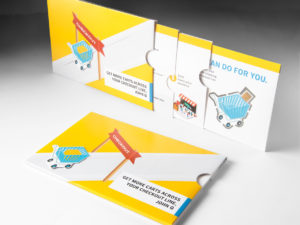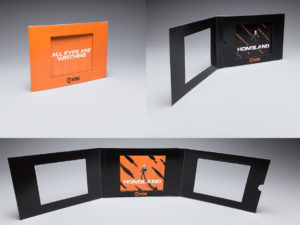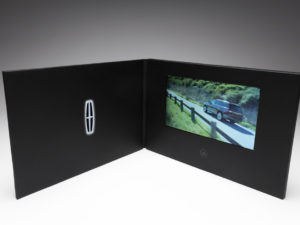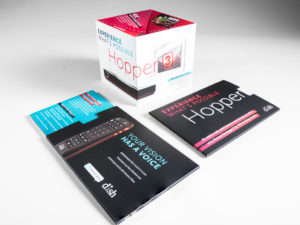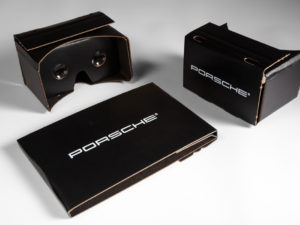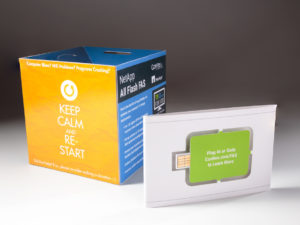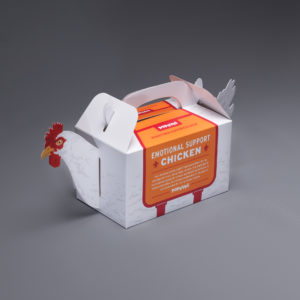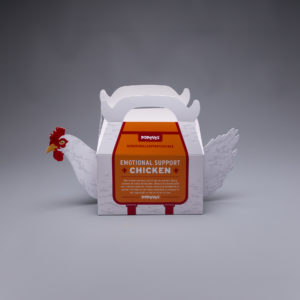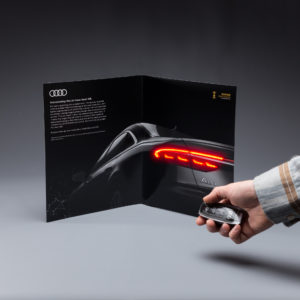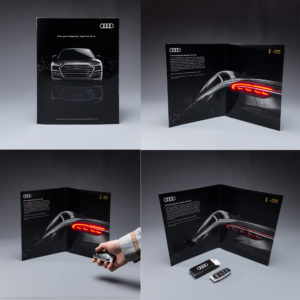Did you know that our brains process physical and digital media very differently?
According to this study commissioned by the USPS in 2015, physical content seems to leave a longer lasting impression than digital ones. While the average consumer processes digital ad content faster, we spend more time with physical ads, remembering them longer and showing stronger emotional responses to them.
“Physical ads, though slower to get one’s attention at first exposure, leave a longer lasting impact for easy recall when making a purchase decision. Most importantly, physical ads triggered activity in the area of the brain (ventral striatum) that is responsible for value and desirability for featured products, which can signal a greater intent to purchase.”
Then there’s the notion of tactile content for the development of psychological ownership, a state of mind that leads people to value objects they physically handle more highly than those they haven’t touched. Physically holding and manipulating a piece of print content has some of the same positive psychological effects as experiential and in-person marketing initiatives.
For marketers, these findings have practical implications.
“From a marketer’s perspective, it’s essential to always view your position to the customer as extending beyond immediate transactional value and establish a complex set of relationship-based connections that will drive future growth.” – Nicola Brown, Skyword.com
This information can help companies of all sizes and across all industries optimize their advertising dollars, especially small businesses which are often faced with limited marketing budgets. For those consumers who are short on time, the digital format captures attention longer. However, if the goal is to have a longer lasting impact and easy recollection, print is the way to go. It also seems to increase our sense of trust and level of understanding and enjoyment.
Independent research company Toluna found that US consumers of all ages believe print content is more trustworthy than digital, with 59% of survey responders not trusting advertisements they view online. 71% of people surveyed stated they “don’t pay attention to advertisements online”, while 63% read the direct mail sent to their homes at least once a week. Direct mail is certainly seeing a resurgence in Marketing, and consumers have shown that it is here to stay.
